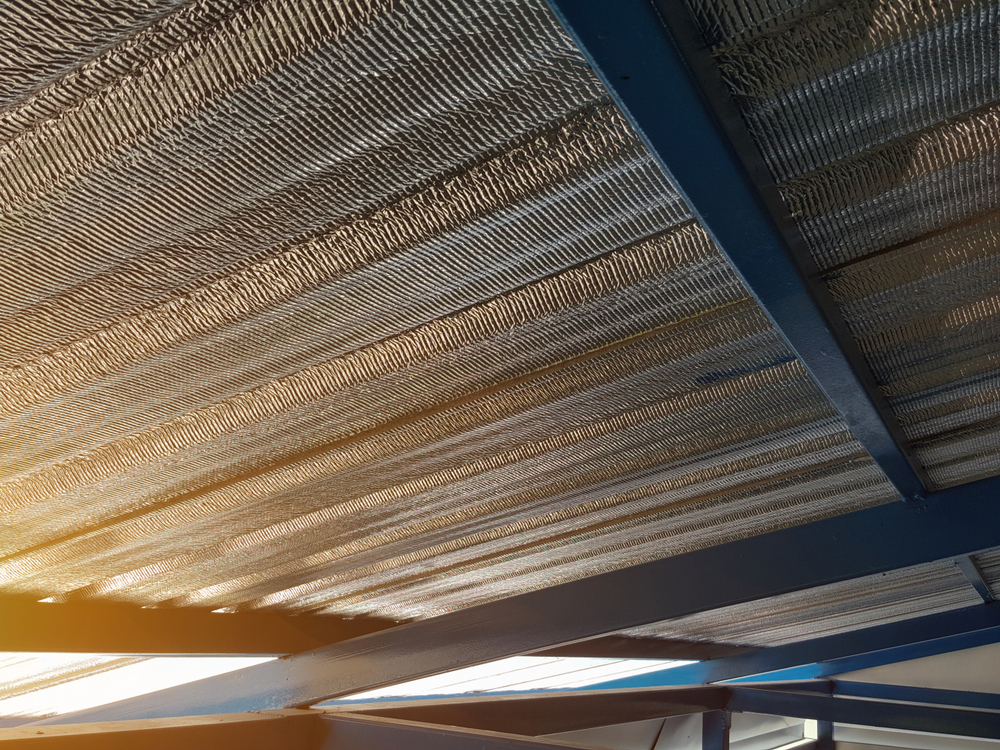Perhaps, you already see bubble wrap protecting fragile things in a package or box. But do you know that it can be an insulator material for your building?
The bubble wrap insulation
A good insulator, bubble wrap can prevent internal or external heat from passing through the building. It is where its R-value or thermal resistance factor comes in. And when you choose bubble wrap as an insulator, there are two options to know—single and double bubbles.

Single bubble foil heat insulation uses an ⅛” barrier consisting of two foil layers embracing an encapsulated air bubble sheet. It’s a material that can reflect longwave radiation or radiant heat transfer for as much as 98%.
Single bubble foil heat insulation is ideal for commercial and metal buildings, particularly on
- stud walls,
- water heaters
- pipes
- roofing systems
- crawl spaces
Plus points:
- It can also be a water vapor retardant
- It is one of the most straightforward insulations to install
- Compared to other insulation types, it does not produce carcinogens, so it’s non-toxic and doesn’t require PPE clothing
- Resist puncture and tear
- Features Class A/ Class 1 fire rating
Single bubble foil insulation is not ideal if the radiant heat is shortwave or has higher heat energy as the sun radiates. If that is the case, this insulation can only perform as much as a 5% level.
Double air bubble insulation uses a material that consists of two layers of encapsulated air bubbles in between reflective metalized films. Its composition can hinder heat transfer. Moreover, it can also be a radiant barrier or vapor barrier (100%).
Double bubble insulation is excellent in residential buildings other than commercial buildings. Meanwhile, the double bubble foil heat insulator works best in pole barns, garages, or any metal buildings, particularly on
- Roofs
- Walls
- Crawlspaces
- Attics
- And more
Plus point:
- Provide class A/ Class 1 fire rating
The value of insulation
Insulating can be an option or essential for building owners. However, if the structure sits in place with humid weather, it is a rule for the local authorities.
The problem with humid or warm air is it causes condensation. When it happens, expect that an environment will become damp. A few things you may see are moist walls, roofs, or pipers. Some even may already have mold, which imposes problems such as
Safety – Visible mold affects walls or ceilings no matter how beautiful they are. It is the same with rust, mildew, or other effects of condensation. However, it is not only the view that matters here. Gradually, mold decays most parts of the structure, making it weak protection for users or occupants.
Health – Insulation helps quality air and comfortable temperature. Thus, building users are prone to several health risks without an insulator.
Additionally, a rusty metal due to condensation is full of bacteria that may cause tetanus. Meanwhile, mold exposure impacts people with asthma, allergy, or vulnerable health.
Budget – A few repairs may still be budget-friendly, but the renovation to restrengthen the building against decaying factors is not. High energy consumption is not. Apart from this, you may use HVAC devices often to get comfortable room temperature without insulation.
Environment – High energy use also imposes an increased release of pollutants that affect the environment’s health.
If you want to know which type of insulation is best for your metal garage, contact us at Lion Buildings.

